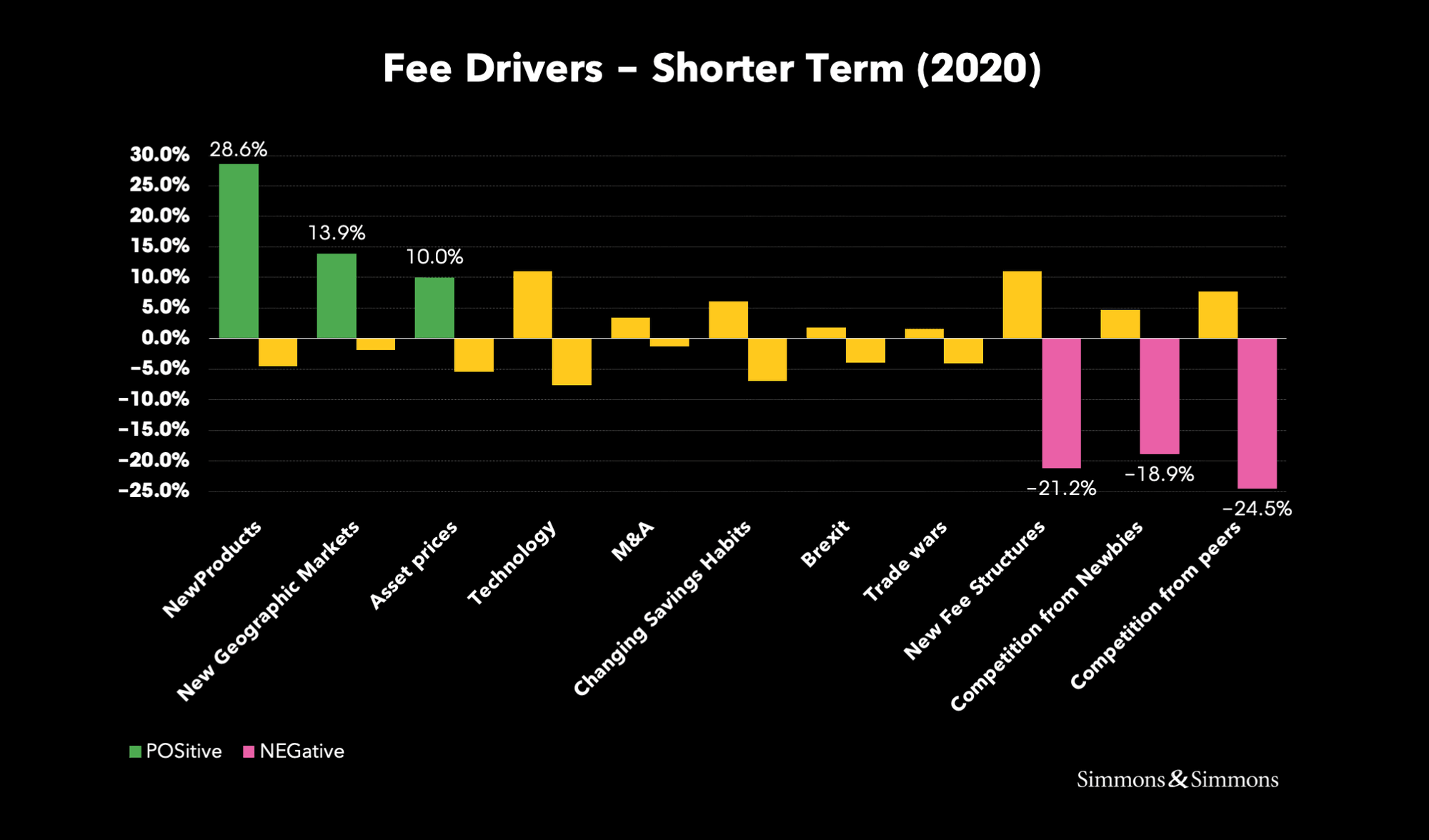Jun 26, 2020 In order to find the states with the worst drivers, we looked at data on all 50 states across the following four metrics: Fatalities per 100 million vehicle miles driven. Data comes from the National Highway Traffic Safety Administration and is from 2018. Arrests for driving under the influence per 1,000 drivers. Data on DUI arrests comes from. On the Scope and Drivers of the Asset Growth Effect - Volume 46 Issue 6 - Marc L. Lipson, Sandra Mortal, Michael J.
-->The AVStream driver samples in this directory provide a starting point for writing a custom streaming media driver for your device.
| Sample | Description |
|---|---|
| AvsCamera - AVStream camera sample driver | Provides a pin-centric AVStream capture driver for a simulated front and back camera that performs simulated captures at 320x240 or 640x480 in RGB24, RGB32, YUY2 and NV12 formats at various frame rates. |
| AVStream simulated hardware sample driver (Avshws) | A simulated hardware sample driver providing a pin-centric capture driver to simulate AV capture hardware. |
| AVStream filter-centric simulated capture sample driver (Avssamp) | The AVStream filter-centric simulated capture sample driver with functional audio. |
| Driver Device Transform Sample | Illustrative example for a Driver Device Transform which loads in a process streaming an Avstream-based camera device using Media Foundation. |
| Driver MFT Sample | A driver MFT for use with a camera's UWP device app. A driver MFT is a Media Foundation Transform that is used with a specific camera when capturing video. |
What is Asset Classification?
Asset classification is a system for assigning assets into groups, based on a number of common characteristics. Various accounting rules are then applied to each asset group within the asset classification system, to properly account for each one. The groups are also typically clustered for reporting purposes in the balance sheet.
Examples of Asset Classifications
Common asset classifications are as follows:
Cash. Includes cash in checking accounts, petty cash, and deposit accounts.
Receivables. Includes trade receivables and receivables due from employees.
Inventory. Includes raw materials, work-in-process, and finished goods.
Fixed Assets. Includes buildings, computer equipment, computer software, furniture and fixtures, and vehicles.
Two broader classifications of assets are the designations of current assets and long-term assets. These classifications are strictly time-based. The current asset designation refers to all assets that will be used within one year. The long-term asset designation refers to all assets that will be used in more than one year.
As an example of how accounting rules may be applied to the assets within a group, all of the fixed assets in the computer software group could be assumed to have the same useful life, to which is applied a standard depreciation methodology. Doing so makes it easier to account for the assets in this group.

Examples of Investment Asset Classifications
Drivers Asset Assessment

The concept of asset classification can also apply to the different types of investments that a person or entity holds. Examples of these asset classifications are:
Bonds
Cash holdings
Collectibles
Commodities
Equity securities
Real estate
Related Courses
Drivers Of Asset Returns

Drivers Asset Definition
Bookkeeper Education Bundle
Bookkeeping Guidebook
